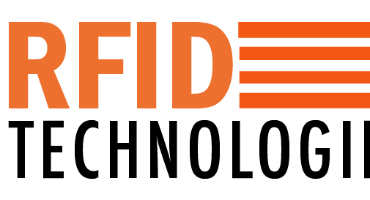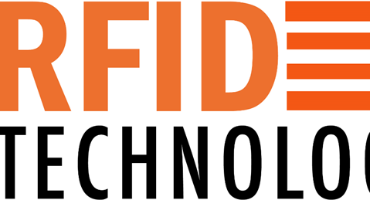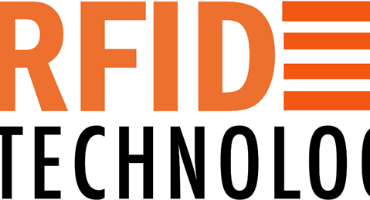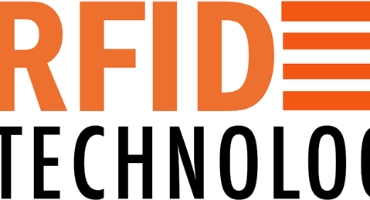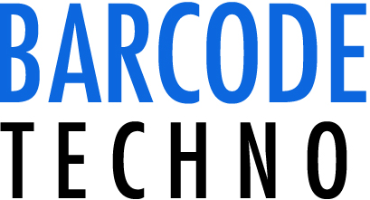Here's how:
Asset Tagging: UHF RFID tags can be discreetly attached to high-value artwork, luxury goods, or high-tech components using specialized adhesives, encapsulations, or encasements. These RFID tags can store unique identifiers or other relevant information about the assets, such as serial numbers, provenance, or manufacturing details.
RFID UHF Readers and Infrastructure: RFID readers can be strategically placed at key points, such as entry/exit points, storage areas, or checkpoints, to read the UHF RFID tags on the assets. These readers are connected to a network and can communicate with a backend system, which collects and processes the RFID data. The infrastructure can be set up in a way that ensures secure and reliable data capture, storage, and transmission.
Ownership and Provenance Records: Each time an asset with an UHF RFID tag labels are moved or transferred, the RFID reader can capture the tag's information and update the ownership and provenance records in a secure and auditable manner. This creates a digital trail of the asset's ownership history, which can be verified and audited by authorized parties, such as collectors, insurers, or regulators, to ensure the accuracy and authenticity of the ownership records.
Anti-Counterfeiting and Authenticity Verification: UHF RFID label tags can be equipped with cryptographic features, such as digital signatures or unique identifiers, which can be verified using cryptographic algorithms. This enables authentication of the assets, as the RFID readers can verify the integrity of the cryptographic features on the tags and match them with the corresponding records on the blockchain or other secure databases. This helps prevent counterfeiting and ensures that only genuine assets are considered for ownership and valuation.
Traceability and Auditing: UHF RFID technology can provide real-time visibility and traceability of the assets throughout their lifecycle. RFID readers can capture and record the movement of assets, providing accurate and auditable data on when and where the assets were located or transferred. This information can be used for auditing purposes, ensuring compliance with regulations, insurance requirements, or internal policies.
Enhanced Security and Privacy: UHF RFID technology can provide enhanced security and privacy for high-value assets by using encryption and access control mechanisms. RFID data can be encrypted to protect against unauthorized access or tampering, ensuring the integrity and confidentiality of the asset information. Access to the RFID data and ownership records can be restricted to authorized parties, ensuring privacy and preventing data breaches.
By leveraging UHF RFID technology for high-value artwork, luxury goods, or high-tech components, organizations can create an accurate and auditable record of ownership, ensure authenticity and value of the assets, prevent counterfeiting, enhance traceability, and improve security and privacy. This can provide increased confidence to stakeholders, such as collectors, insurers, or regulators, and enable efficient management of valuable assets throughout their lifecycle.

